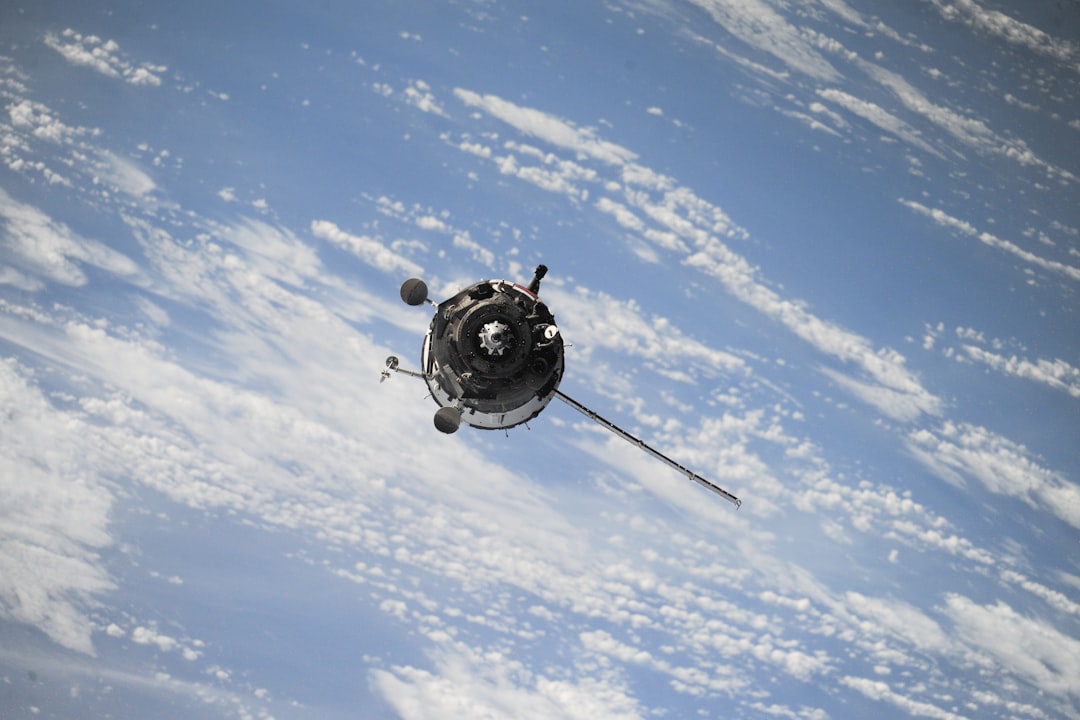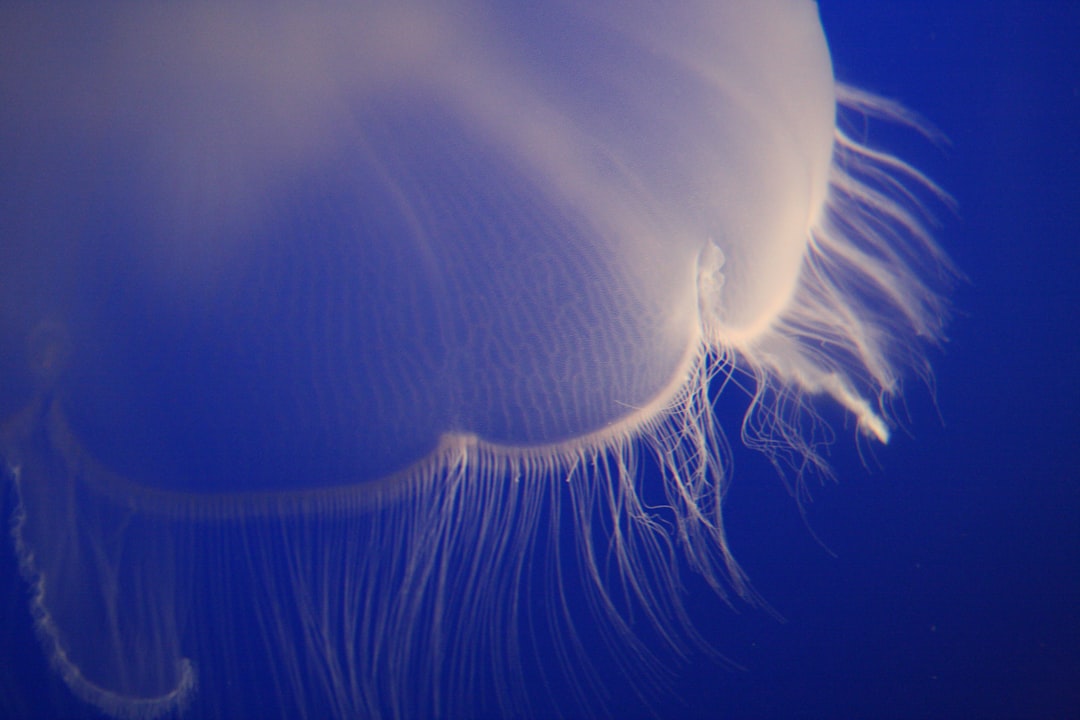What is it about?
The current trend of shipping technology demand powerful diesel engines. Hence, the continuous growth of fuel prices with the economy crisis leads to reduction of operation costs. As a result, the reduction of the engine load and ship’s speed can create various operational difficulties. Piston rings in large marine diesel engines operate under significant mechanical and thermal loads, such as the combustion pressure changes. The simultaneous friction and wear control of the tribo pair between the piston ring and the cylinder is an important task for the engine reliability. Due to this major problem, different structural modifications are developed on the cylinder bore to achieve smaller friction and fuel consumption. In general, the cylinder conditions improves the operation of piston rings with the oil supply along to the piston ring thickness. Today, honing and wave-cut are the most common patterns on the cylinder bore.
Featured Image
Why is it important?
A fluid solid interaction model (FSI) developed for two different structural cylinder patterns in order to simulate the frictional performance of piston ring–cylinder liner systems for marine engines.Honing and wave-cut cylinder geometries were compared while the pressure distribution along the ring thickness and the lubricant film is determined for each crank angle. The present results demonstrate that the honed cylinder geometry improves the friction results increasing the oil film thickness. Further, the artificially textured piston rings with the honed cylinder liner were investigated.
Read the Original
This page is a summary of: Simulation and modeling of friction for honed and wave-cut cylinder bores of marine engines, Simulation Modelling Practice and Theory, December 2014, Elsevier,
DOI: 10.1016/j.simpat.2014.10.002.
You can read the full text:
Contributors
The following have contributed to this page










